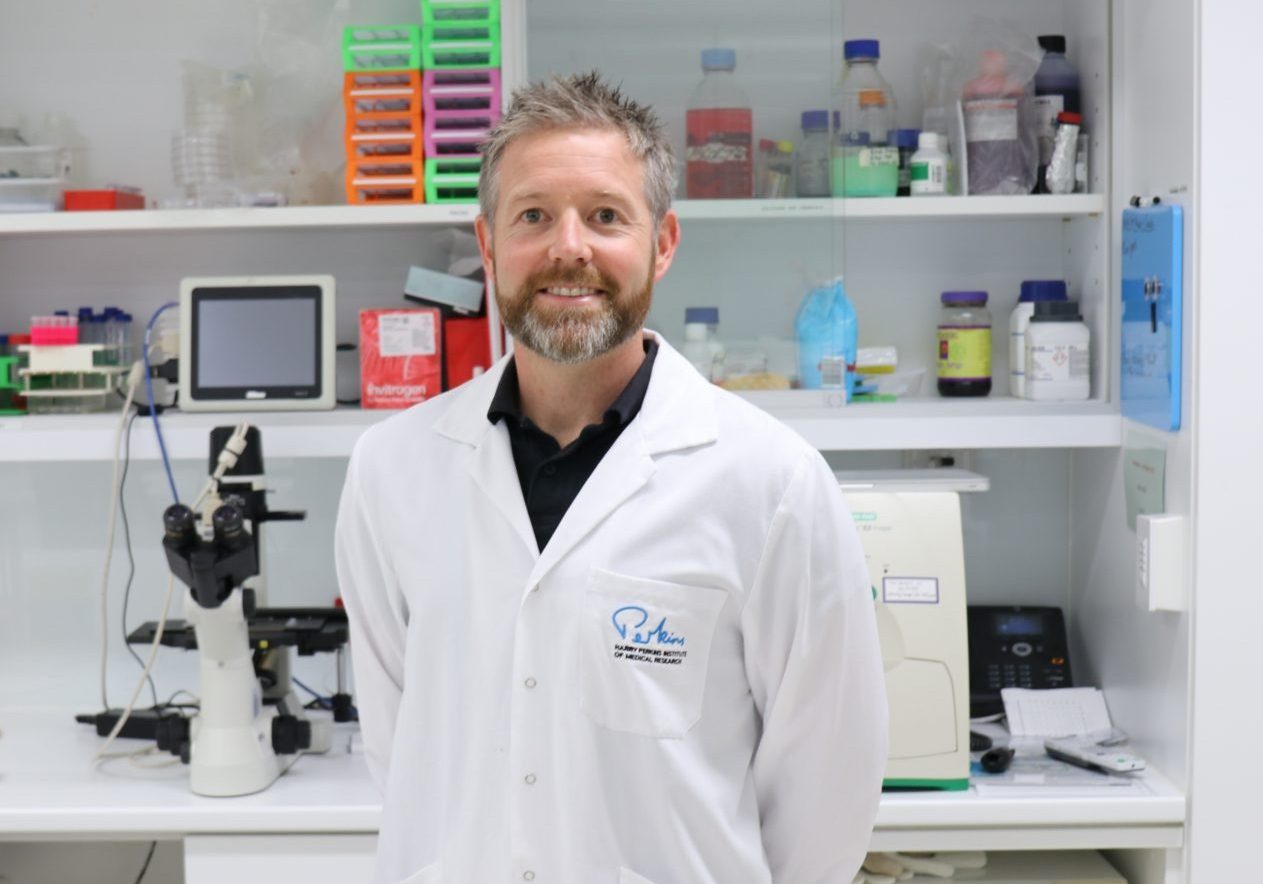
A new biomaterial that could one day be used to help patients undergoing surgery on the largest artery in the body has been developed by a team of researchers from the Harry Perkins Institute of Medical Research and UWA.
Researchers and biomedical engineers, Matthew Moore, Lauren Malaxos and Vascular Engineering Laboratory (VascLab) head Dr Barry Doyle have been investigating new solutions to treat type B aortic dissection in patients.
The aorta is the largest and most important blood vessel in the body and a type B aortic dissection occurs when a tear forms in the inner lining of the aorta, beyond the branches that supply blood to the head and brain.
Current treatment methods require significant stent-grafting which is like a ‘scaffolding system’ to cover the tear with a synthetic material. This typically works well but can lead to spinal cord injury and other complications for patients. Instead the research team set out to develop a less severe alternative surgical technique that uses a biomaterial to fill the problem area in type B aortic dissections.
“We wanted to be able to inject the biomaterial into the unwanted blood pocket that forms behind the original tear and completely fill the region similar to using Polyfilla to fill a hole in a wall,” Dr Doyle said.
The new biomaterial was created using a blend of materials currently used to block blood vessels and modified for different mechanical properties and suitability.
Dr Barry Doyle said early trials of the surgical approach had proved successful.
“Once we had developed the material and fully understood its mechanical properties, we created a bench-top 3D model of the disease and simulated flow through an experimental system.
We inserted the catheter, the long tube used to deliver the biomaterial, into the aorta during various cardiac flow rates, and found that we could completely block the problematic blood pocket in 99% of our experiments under a wide range of operating conditions,” Dr Doyle said.
“By using 3D modelling before the surgery, we can calculate the exact amount of biomaterial that will treat the problem and potentially eliminate many of the complications associated with current surgical methods.”
“It is a long way off being used to treat patients yet, but we hope to build on this research and develop the method as a new surgical approach that could be offered to patients in the future.”
The study was published in the Journal of the Mechanical Behaviour of Biomedical Materials.
